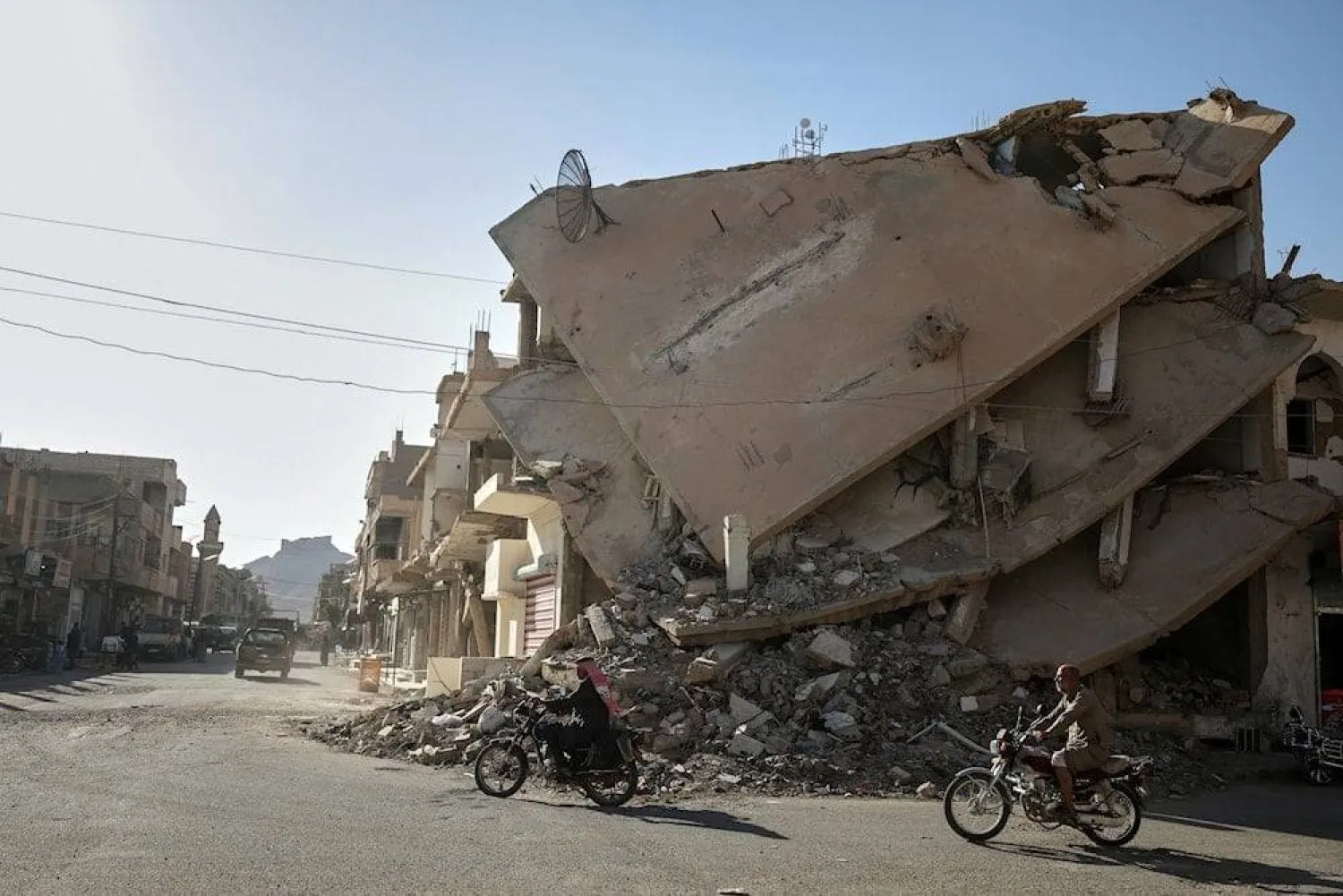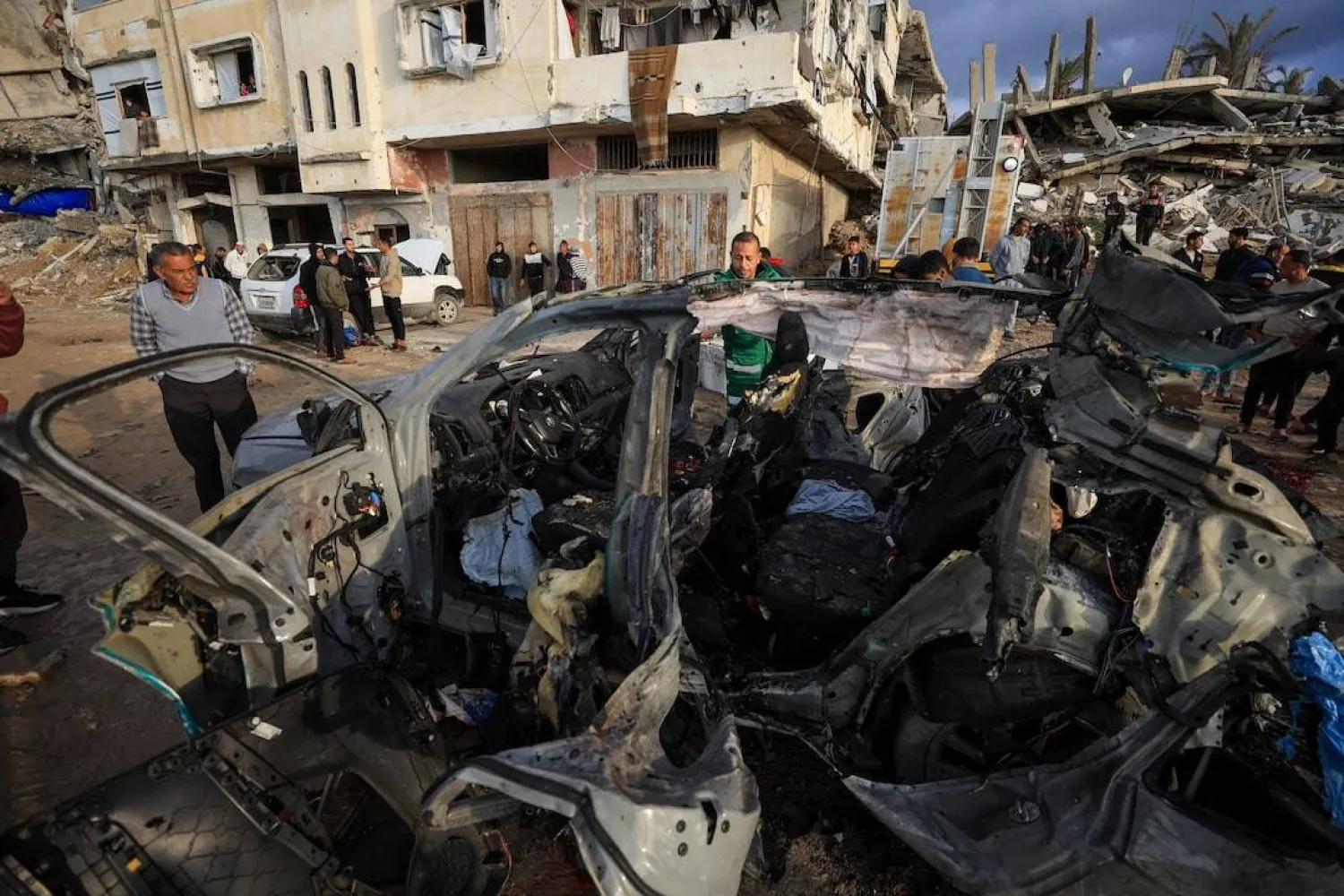The United Nations warns that it is impossible to create so-called safe zones for civilians to flee to inside the Gaza Strip amid Israel's bombing campaign.
Israel declared war on Hamas after the militant group's October 7 attacks that killed 1,200 people, according to Israeli authorities.
The health ministry in Gaza says the war has killed nearly 15,900 people in the territory.
James Elder, spokesperson for the United Nations children's agency UNICEF, said the areas of Gaza designated as safe by Israel were nowhere near meeting basic requirements, warning an absence of sanitation and shelter have created a "perfect storm" for outbreaks of disease.
"It's a safe zone when you can guarantee the conditions of food, water, medicine and shelter," he told reporters via video link from Cairo after visiting Gaza.
"I've seen for myself these are entirely, entirely absent... These are tiny patches of barren land or they're street corners. They're sidewalks. They're half-built buildings. There is no water."
"Only a ceasefire is going to save the children of Gaza right now," and called the Israeli approach to creating these zones "callous and cold," Reuters quoted him saying.
Also, a World Health Organization official in Gaza said on Tuesday the situation was deteriorating by the hour as Israeli bombing has intensified in the south of the Palestinian enclave around the cities of Khan Younis and Rafah.
"The situation is getting worse by the hour," Richard Peeperkorn, WHO representative in Gaza, told reporters via video link. "There's intensified bombing going on all around, including here in the southern areas, Khan Younis and even in Rafah."
Peeperkorn said the humanitarian aid reaching Gaza was "way too little" and said the WHO was deeply concerned about the vulnerability of the health system in the densely populated enclave as more people move further south to escape the bombing.
"We will witness the same pattern of what happened in the north," he said, referring to an area of northern Gaza that was heavily bombed and nearly cut off from humanitarian supplies.
"That cannot happen ... I want to make this point very clear that we are looking at an increasing humanitarian disaster."
Thomas White, Director of Affairs at the UN Palestinian agency in Gaza, said a population of more than 600,000 had been ordered to move to escape bombardment.
"Rafah that normally has a population of 280K and already hosting around 470K IDP (internally displaced people) will not cope with a doubling of its IDP population," White wrote on social media platform X.
The WHO's Peeperkorn said the agency had complied with an Israeli order to remove supplies from warehouses in Khan Younis. He said WHO had been told the area would "most likely become an area of active combat in the coming days."
"We want to make sure that we can actually deliver essential medical supplies," he said.
WHO chief Tedros Adhanom Ghebreyesus on Monday appealed to Israel to withdraw the order. Israel denied asking for the evacuation of warehouses.









